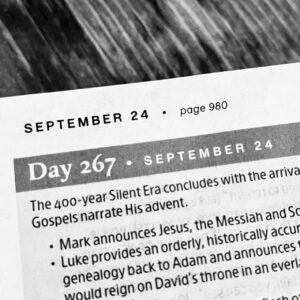Devotionals
Unexpected Heroes: The Women Who Shaped Salvation
When we read through the genealogy of Jesus in Matthew 1, we’re confronted with an unexpected detail: the inclusion of five women. In a time when genealogies typically traced lineage through men, the appearance of Tamar, Rahab, Ruth, Bathsheba, and Mary stands out. But what’s even more striking is why these women, in particular, were chosen. They... Read More →
